Marble vs Granite: A Comprehensive Guide to Choosing the Best Stone for Your Space

Top 10 World Famous Indian White Marble
December 5, 2023
Granite Stone | Origins, Types, Application and Uses
December 11, 2023When it comes to selecting the perfect material for your countertops, flooring, or other architectural elements, marble and granite are two of the most popular choices.
Both stones exude timeless beauty and offer unique characteristics that can enhance the aesthetics of any space. In this in-depth guide, we will explore the differences between marble and granite, helping you make an informed decision based on your preferences, budget, and lifestyle.
Understanding the Basics
Marble: The Elegance of Timelessness
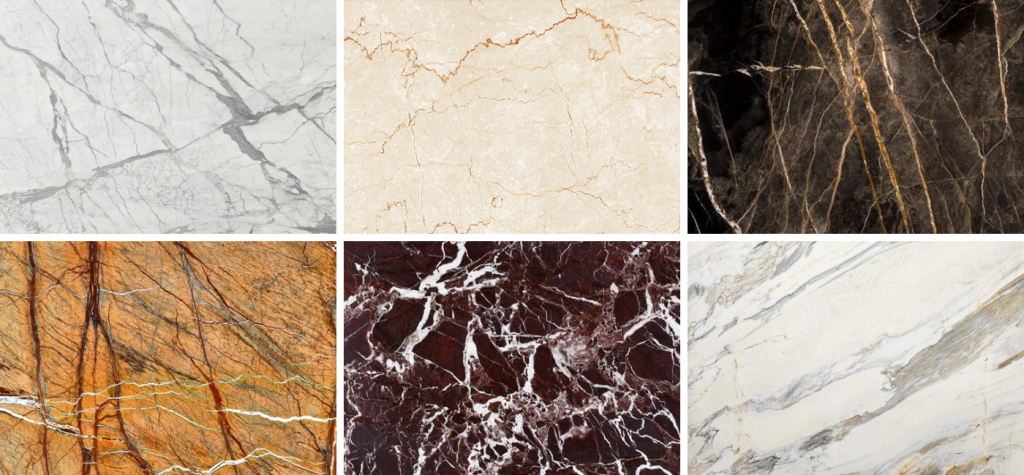
Marble is a metamorphic rock that forms from the recrystallization of limestone under high pressure and temperature. Known for its luxurious appearance and classic appeal, marble has been a symbol of sophistication for centuries. The primary mineral in marble is calcite, giving it a characteristic veined or mottled appearance.
Benefits of Marble:
- Elegance and Aesthetics: Marble is renowned for its timeless beauty and classic appeal. The unique veining patterns and variety of colors make each slab one-of-a-kind.
- Cool Temperature: Marble tends to stay cool to the touch, making it an excellent choice for baking and pastry stations in kitchens.
- Versatility: This stone can be used in various applications, including countertops, flooring, walls, and even sculptures.
Granite: The Durable Workhorse
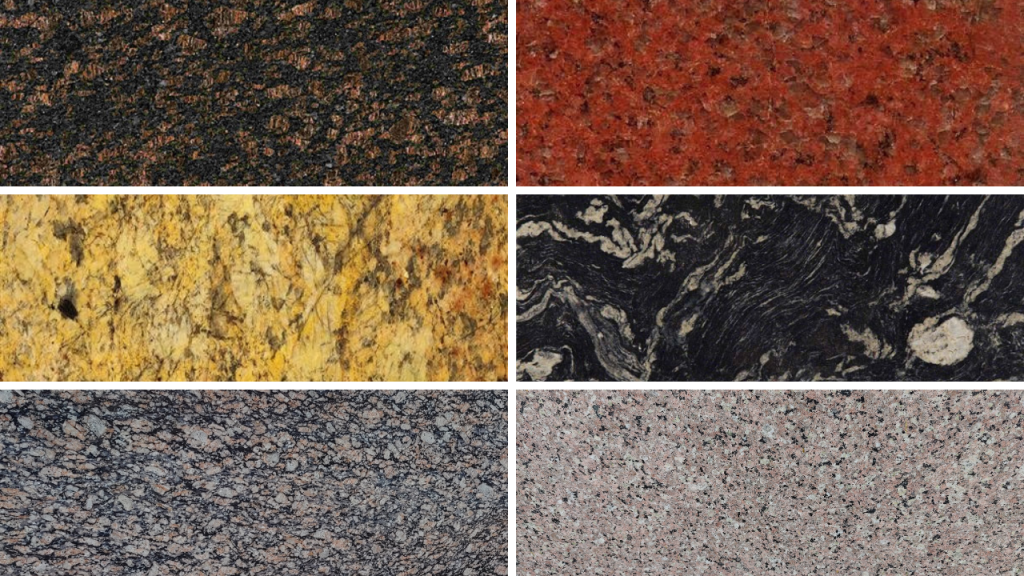
Granite, an igneous rock formed from the cooling of molten magma, is composed of minerals such as quartz, feldspar, and mica. Recognized for its durability and resistance to scratches, granite has become a popular choice for high-traffic areas and surfaces that require robust performance.
Benefits of Granite:
- Durability: Granite is one of the hardest natural stones, making it highly resistant to scratches and dents. It is an excellent choice for busy kitchens and high-traffic areas.
- Heat Resistance: Granite is heat-resistant, allowing you to place hot pots and pans directly on the surface without the risk of damage.
- Variety of Colors and Patterns: Granite comes in an extensive range of colors and patterns, catering to diverse design preferences.
Choosing the Right Stone for Your Space
Consider Your Lifestyle
When deciding between marble and granite, consider your lifestyle and how the chosen stone will integrate into your daily routine. If you enjoy cooking and entertaining frequently, granite’s durability and heat resistance may make it the more practical choice. On the other hand, if you prioritize aesthetics and are willing to put in the maintenance effort, the timeless beauty of marble might be the perfect fit.
Budgetary Considerations
While both marble and granite are considered premium materials, granite is often more budget-friendly than marble. However, prices can vary depending on the specific type, color, and rarity of the stone. Consider your budget constraints and explore various options within your price range.
Aesthetic Preferences
The choice between marble and granite often comes down to personal taste. Marble’s elegant and luxurious appearance appeals to those seeking a classic and sophisticated look. In contrast, granite offers a broader spectrum of colors and patterns, making it suitable for a range of design styles, from traditional to contemporary.
Maintenance Requirements
Understanding the maintenance needs of marble and granite is crucial for ensuring the longevity and pristine appearance of your chosen stone. Marble requires regular sealing to protect against stains, while granite, although less porous, benefits from periodic sealing as well.
Practical Applications of Marble and Granite
Kitchen Countertops
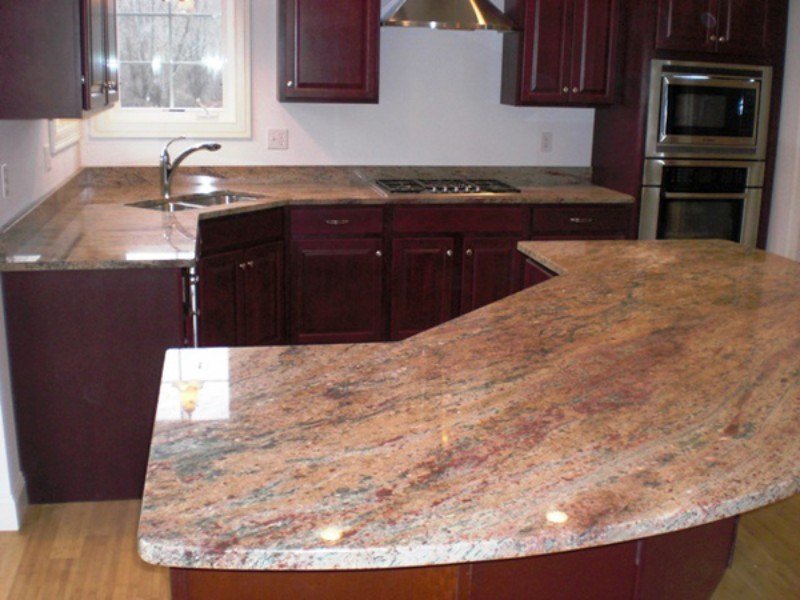
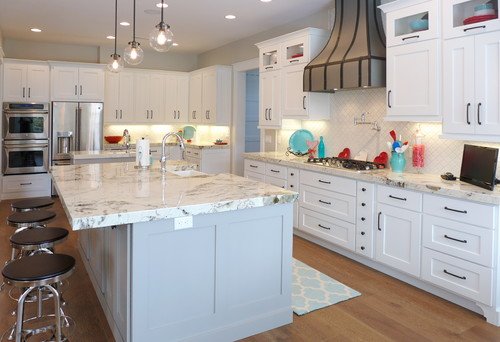
Marble: Marble countertops can add a touch of luxury to your kitchen. However, it’s essential to be mindful of potential staining and etching issues. Consider using marble in areas where it won’t be exposed to highly acidic substances on a regular basis.
Granite: Granite is an excellent choice for kitchen countertops due to its durability and resistance to scratches and heat. It can withstand the demands of a bustling kitchen while maintaining its aesthetic appeal.
Bathroom Surfaces
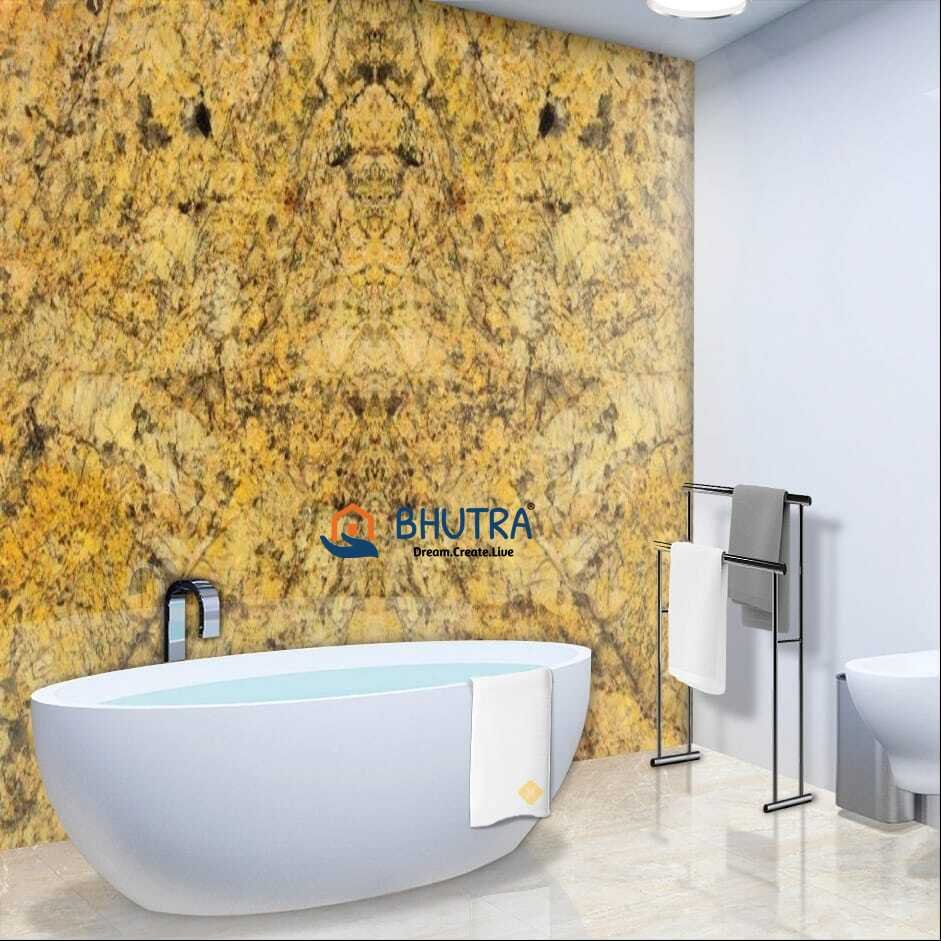
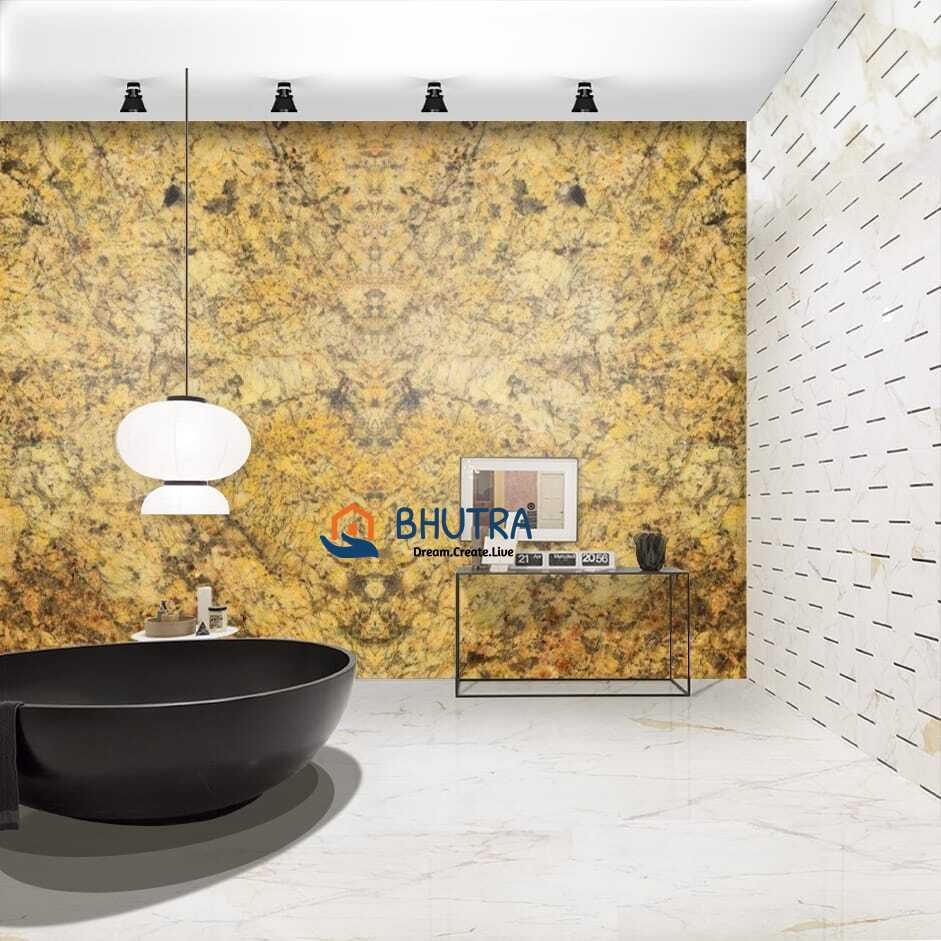
Marble: Marble bathroom surfaces, such as vanity tops and shower surrounds, can create a spa-like atmosphere. Proper maintenance is crucial to prevent water stains and etching.
Granite: Granite’s durability and resistance to moisture make it a practical choice for bathroom surfaces. Sealed granite can withstand the damp environment of a bathroom while adding a touch of elegance.
Flooring
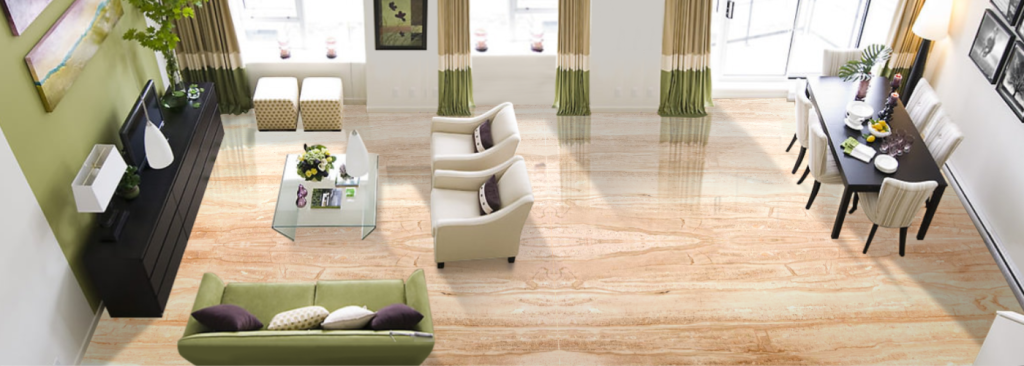
Marble: Marble flooring is a classic choice for entryways, foyers, and other areas where a luxurious feel is desired. However, it may not be the best option for high-traffic areas prone to spills.
Granite: Granite flooring is a durable and visually appealing option for high-traffic areas. It can withstand the wear and tear of foot traffic while maintaining its polished appearance.
Price Overview Marble vs Granite
When considering your options for marble and granite, Bhutra Marble & Granites in Kishangarh, Rajasthan, provides a comprehensive range with varying price points to suit diverse budgets. Here’s a general overview of the price comparison between marble and granite based on their offerings:
1. Marble
- Price Range: Marble at Bhutra Marble & Granites typically falls within the range of ₹50 to ₹2500 per square foot.
- Factors Affecting Price: Specific type, color, and rarity of the marble significantly influence the pricing. Rare and exotic varieties may be at the higher end of the price spectrum.
2. Granite
- Price Range: Granite options at Bhutra Marble & Granites are competitively priced, ranging from ₹50 to ₹350 per square foot.
- Factors Affecting Price: Similar to marble, the type, color, and rarity of the granite play a crucial role in determining the price. Varieties with unique patterns or colors may be priced higher.
Considerations
- Both marble and granite at Bhutra Marble & Granites offer excellent value for their respective price ranges.
- Prices may vary based on current market conditions and availability of specific stone types.
- Requesting a personalized quote and consultation can provide a more accurate estimate based on your project’s unique requirements.
The Environmental Impact
As sustainability becomes a more significant consideration in design and construction, it’s essential to explore the environmental impact of both marble and granite.
Marble:
The extraction and processing of marble can have a significant environmental impact. Quarrying activities can disrupt local ecosystems, and the energy-intensive process of turning raw marble into polished slabs contributes to carbon emissions.
Granite:
While granite also requires energy-intensive processing, efforts have been made to improve the sustainability of granite mining and manufacturing practices. Some suppliers prioritize responsible sourcing and eco-friendly processing methods.
Conclusion: Making the Final Decision
Choosing between marble and granite ultimately depends on your priorities, preferences, and practical considerations. If you prioritize aesthetics and are willing to invest time in maintenance, marble can elevate the elegance of your space. On the other hand, if durability and ease of maintenance are crucial, granite offers a robust and practical solution.
Consider consulting with a design professional or stone specialist to explore specific varieties within each category. With the right knowledge and guidance, you can confidently select the stone that not only meets your functional needs but also enhances the beauty of your home for years to come.


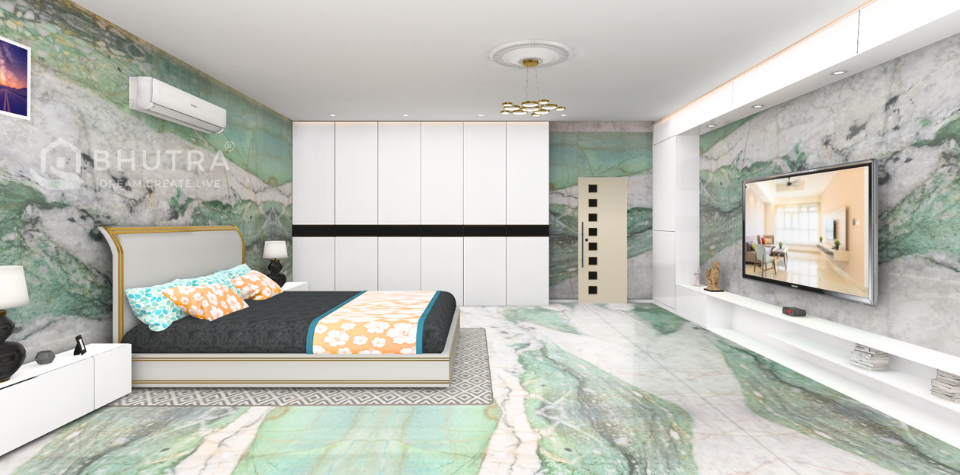


 WhatsApp
WhatsApp